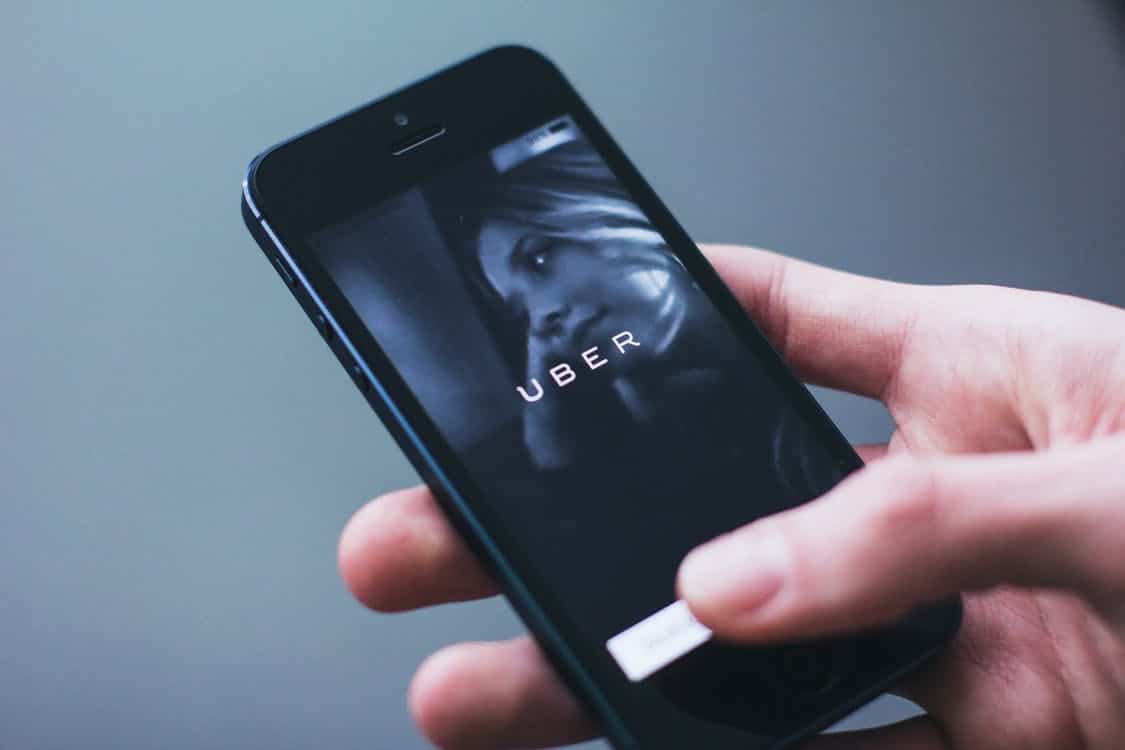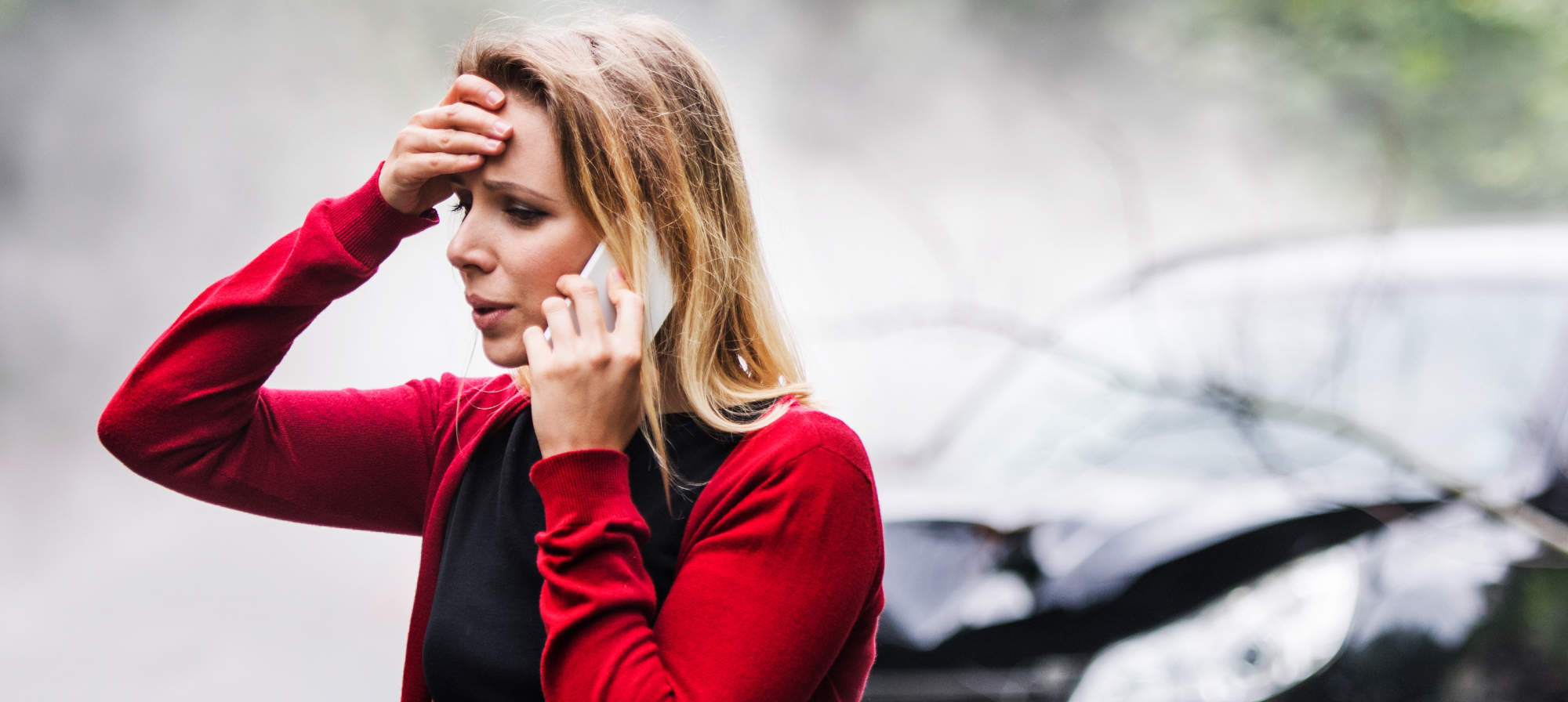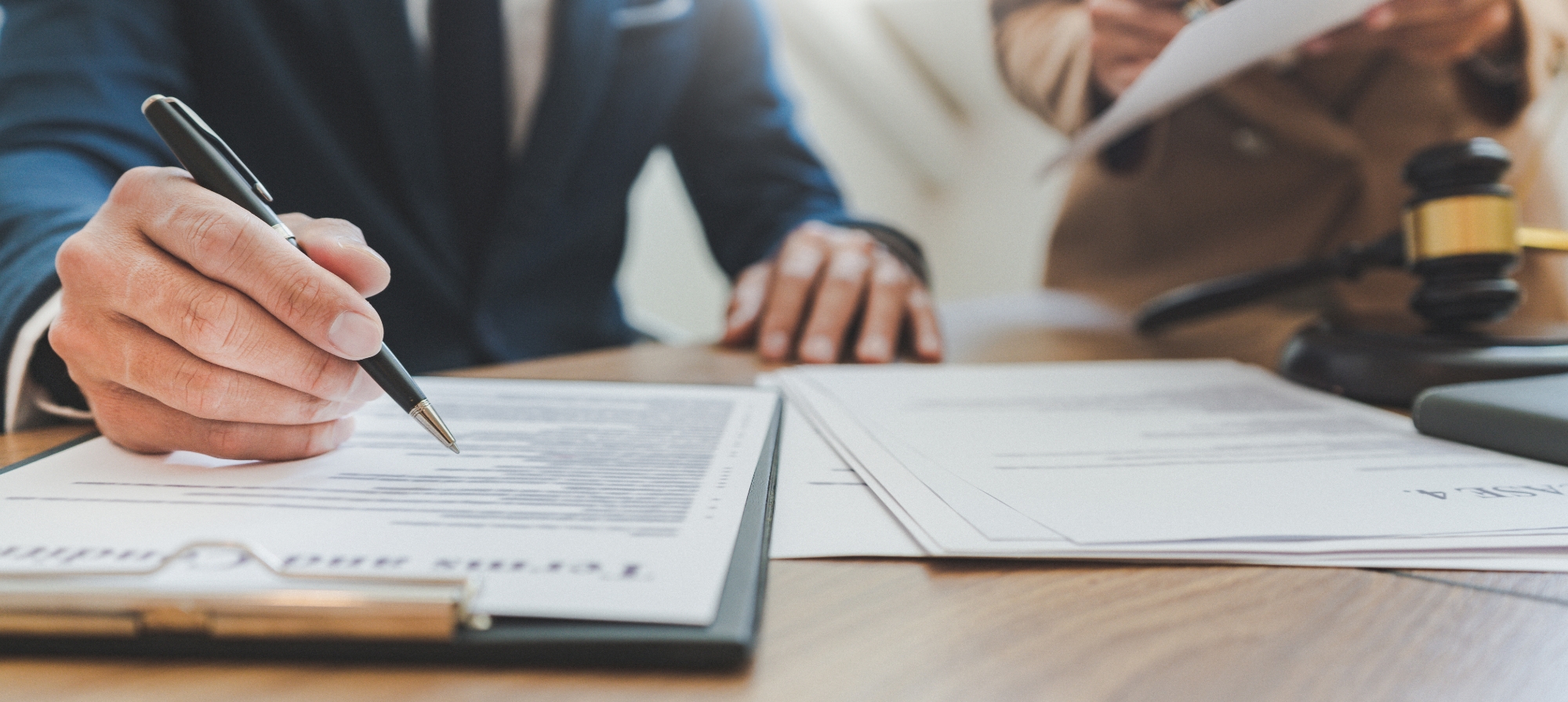Liability Issues for Ridesharing Accidents Can Be Complex
Many San Antonio residents and visitors rely on ridesharing vehicles and taxis for transportation. While people love the convenience of these options, the large number of working drivers on our roads — many of whom are hustling to cram in as many rides as possible — inevitably leads to auto accidents.
Related Video:
That leaves many riders who rely on these modes of transport with an obvious question: What happens if I’m hurt in a crash involving an Uber, Lyft, or taxi? If the ridesharing or taxi driver is at fault, whom can I sue, and what types of insurance coverage exist?
Unfortunately, after an Uber or taxi accident, competing insurers might dispute your claim or cause unwanted delays. Below, we’ll discuss in detail how taxicab and Uber insurance policies can impact your personal injury claim.
Keep in mind that the liability laws regarding ridesharing and taxi services can be complex; if you’ve been injured in a crash and you feel confused or have additional questions, feel free to contact us.
Ridesharing vs. Taxis: Not Necessarily the Same for Liability Purposes
While many consumers don’t differentiate between taxi companies and ridesharing operations like Uber and Lyft, there are distinct differences when it comes to insurance coverage and liability.
Ridesharing involves a transportation network company such as Uber or Lyft. Consumers and rideshare drivers use a mobile app to arrange a pickup and issue payments. While rideshare drivers must meet certain state requirements, they don’t have taxi permits, and they generally drive their personal vehicles.
While some cab companies are beginning to use ride-hailing apps modeled after Uber and Lyft, consumers typically either call a dispatch center or physically hail a ride when they want a traditional taxi. Taxi drivers must comply with San Antonio’s taxi ordinances and carry a valid taxi permit. Usually, the taxicab company owns and maintains the vehicles.
Additionally, Texas and San Antonio laws have different minimum insurance coverage requirements for rideshare and taxicab drivers. If you’re involved in an Uber or taxi accident, these requirements might impact your ability to file a claim and successfully recover damages.
Understanding Uber and Lyft’s Three-Stage Insurance Systems
While Uber and Lyft advertise their $1 million liability policies, these policies do not cover every accident involving a rideshare driver. Texas law mandates a three-stage insurance system for rideshare drivers, which we’ll explain below.
Stage 1: The Rideshare Driver Is Logged in, but Does Not Have a Ride Request
When a driver is logged into a ridesharing system, Uber and Lyft must provide supplemental coverage (up to $100,000 in injury liability per accident and $25,000 in property damage liability). However, these policies activate only if the driver’s personal insurance policy won’t fully cover your damages. Therefore, you and your personal injury lawyer will most likely need to file claims with both the driver’s and the company’s insurance policies.
During stage 1, Uber and Lyft’s coverage is limited to injury liability and property damage. It does not provide uninsured/underinsured motorist coverage (UI/UIM coverage). In other words, if the rideshare passenger is injured by another at-fault driver who is uninsured or underinsured, there might be a significant gap in coverage. (Crosley Law recommends that all San Antonio residents consider purchasing UI/UIM insurance due to the high number of underinsured drivers in Texas.)
Stage 2: The Driver Is En Route to a Fare or Has a Customer in His or Her Vehicle
Once a driver accepts a fare on a ridesharing app, Uber or Lyft’s $1 million liability and UI/UIM policies apply. However, the liability policy only covers injuries when the rideshare driver was at fault. If another driver caused the accident, you must file a claim against his or her auto insurance policy.
Stage 3: The Rideshare Driver Is Logged Out of the App
Lyft and Uber insurance policies only cover drivers when they are logged into their ridesharing apps. When a negligent rideshare driver is logged out of the app, his or her personal auto insurance must cover your injuries.
Unfortunately, the limits on these policies are usually much lower than the $1 million policies the company carries. If the driver has insufficient insurance coverage, you might also have a UI/UIM claim with your own insurance carrier.
Additional Ridesharing Insurance Coverage for Uber and Lyft Drivers
Some rideshare drivers carry their own rideshare insurance or commercial auto insurance policy. During the early years of ridesharing services, most insurance companies didn’t offer auto policies catering specifically to Uber and Lyft drivers. However, as these services have become more and more popular, the insurance industry has begun to recognize the need for such coverage.
Today, many insurance companies offer separate ridesharing policies that protect drivers in between fares. These policies typically come into play at stage 1 of the Uber insurance system.
How Do San Antonio Taxi Ordinances Affect Uber and Lyft Crashes?
While some cities require taxicabs to carry higher levels of insurance, San Antonio only requires that each cab carry the state-mandated minimum of $30,000 for one injury and $60,000 for two or more injuries during an accident. At Crosley Law Firm, we believe that San Antonio should follow Austin’s lead and require higher levels of insurance coverage. Unfortunately, the city has not yet addressed this issue.
If you’re injured by a taxicab driver who works for a large, financially secure company that carries significant insurance coverage, the limits of the company’s insurance policy should be high enough to provide compensation for even significant injuries and the high costs associated with them.
However, if your driver is an independent contractor who carries his or her own insurance, he or she might have significantly less insurance coverage. In that case, you might have to rely on your personal UI/UIM policy for compensation, assuming you have one.
What Should I Do If I’m Injured in a Ridesharing or Taxi Accident?
Any time you’re involved in an automobile accident, whether it happens while driving your own car or riding in a taxi or ridesharing vehicle, you should take the following steps:
- Contact law enforcement and file a police report.
- Obtain the other driver’s insurance information (if the other driver is a rideshare, make sure you get both the rideshare company’s information and his or her personal policy information).
- Take pictures of your injuries, property damage, and the crash site (if possible).
- Seek immediate medical treatment for your injuries.
- Contact an experienced personal injury lawyer.
Post-accident, you should also document your injury-related expenses, including medical bills and lost wages. For more information about the post-accident process, read our previous blog article on the subject.
Finally, you must file timely claims with the insurance company or companies, either on your own or with the help of a personal injury lawyer. Unfortunately, any time a car accident involves multiple insurance policies and competing interests, there is a high likelihood that your claim will be denied or delayed.
The driver’s personal auto and ridesharing policies might attempt to shift liability to Uber or Lyft, while the ridesharing companies will do the same. If you are getting the runaround from the insurance companies after a crash involving a ridesharing vehicle or taxi, it’s typically in your best interest to contact an experienced personal injury attorney right away.
Crosley Law Firm: Advocating for Injured Uber and Lyft Passengers
If you were injured by a taxi, Uber, or Lyft driver, you should consult with an attorney who handles taxi- and ridesharing-related injury claims. There are many potential stumbling blocks in a taxi or Uber negligence case: strict filing deadlines, competing insurance policies, and the need for careful investigation.
At Crosley Law, we exclusively handle Texas personal injury claims, including auto accidents involving Uber and Lyft vehicles, and we work on a contingent fee basis, which means you won’t pay any attorney’s fees unless we get you a settlement or win your case in court.
To schedule your free case evaluation with an experienced personal injury lawyer from Crosley Law Firm today, call us at 210-LAW-3000
| 210-529-3000 or fill out our quick and easy online contact form.
References
Taxicabs Rules and Regulations (2016). City of San Antonio. Retrieved from https://www.sanantonio.gov/portals/0/files/sapd/gtu/TaxicabR-R.pdf.
Tex. Ins. Code §1954.001 et seq. (2016). Retrieved from http://www.statutes.legis.state.tx.us/Docs/IN/htm/IN.1954.htm.
Tex. Trans. Code §601.072(2007). Retrieved from http://www.statutes.legis.state.tx.us/Docs/TN/htm/TN.601.htm – 601.072.
Transportation network company insurance principles for legislators and regulators (2015, March 31). National Association of Insurance Commissioners. Retrieved from http://www.naic.org/documents/committees_c_sharing_econ_wg_exposure_adopted_tnc_white_paper_150331.pdf.
The content provided here is for informational purposes only and should not be construed as legal advice on any subject.









